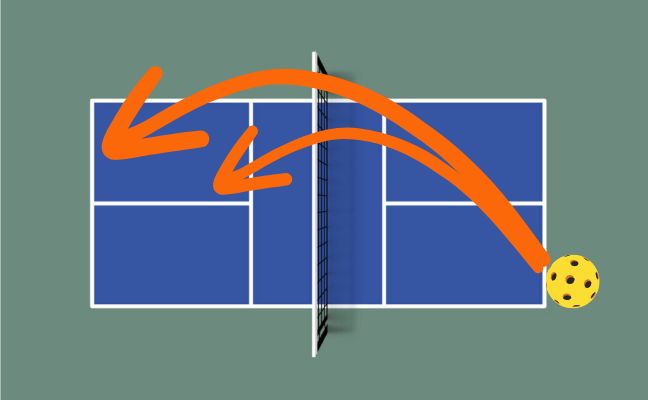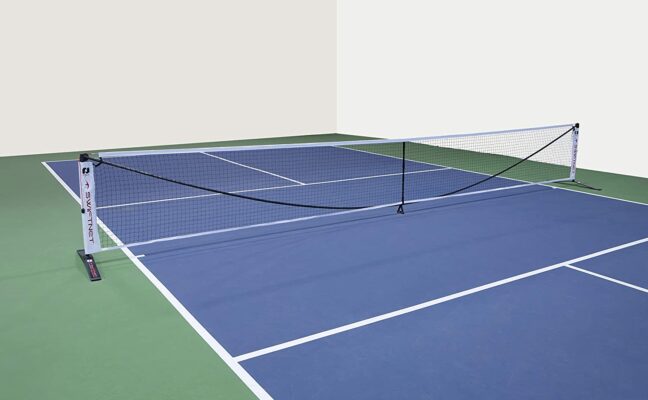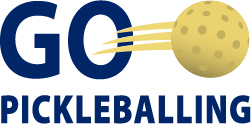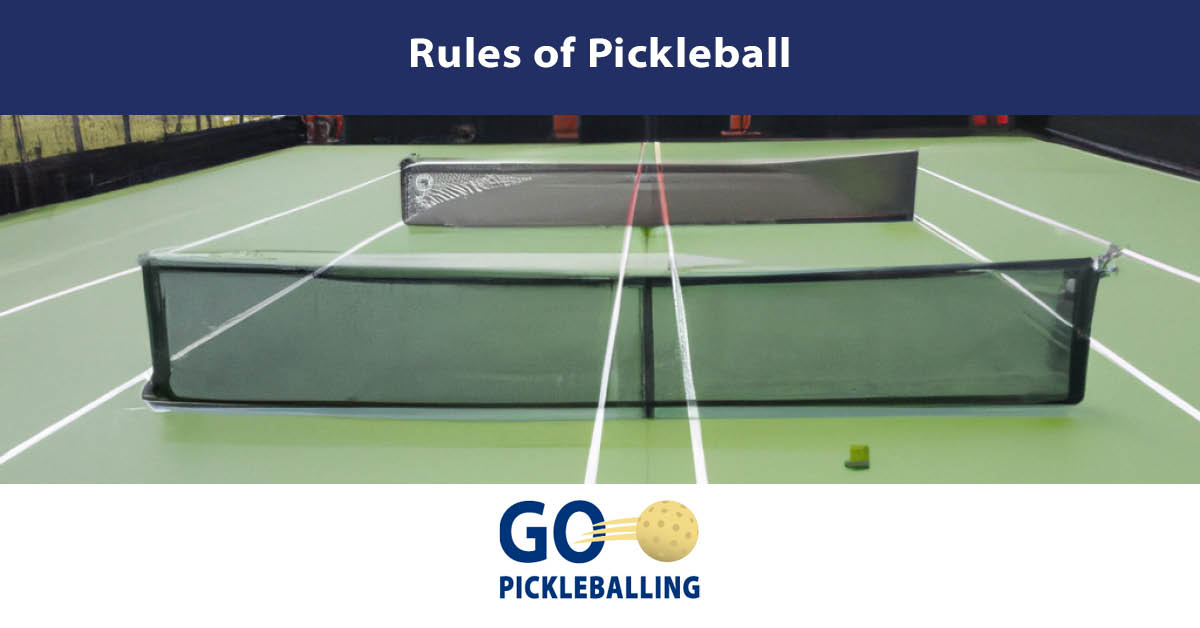Welcome to the world of pickleball! Whether you’re a novice or a seasoned player, understanding the rules is key to enjoying this exhilarating sport to the fullest. Let’s dive into the nitty-gritty of pickleball rules, as explained by Robert Leonard, a seasoned pickleball pro at the Gates Tennis Center.
The Kitchen – No Volley Zone
At the forefront of pickleball strategy lies “the kitchen,” officially known as the no volley zone. It’s a crucial part of the court that demands precision and control. The rule is simple: no volleys are allowed within this designated area. Volleys, where the ball is struck before it bounces, are strictly prohibited in this zone. Even if a player’s momentum after a hit carries them into the kitchen, it’s considered a fault. This rule emphasizes a tactical and patient game, requiring players to refrain from aggressive play in this particular court region.
View the Official Non-Volley Zone Rules
Key Points:
- Understanding the no volley zone, its implications, and the restriction on hitting volleys within this area.
- Importance of controlling momentum to avoid foot faults.
- Tactical significance of patience and strategy in playing within the kitchen.

The Serve
The serve initiates every pickleball point and comes with its set of rules and techniques. Players must execute serves within specific court boundaries and ensure the ball travels diagonally (cross-court) and beyond the kitchen. The serve lands either before the bounce or after, each with its unique regulations. A pre-bounce serve requires contact below the waist, a controlled upward motion, and maintaining the paddle below the wrist. On the other hand, a post-bounce serve necessitates simply releasing the ball to allow gravity to dictate the shot. The serve sets the tone for the game, demanding accuracy and placement to gain an advantage.
Learn the best pickleball serves
Key Points:
- Understanding the serve boundaries and directional requirements.
- Mastery of techniques for pre-bounce and post-bounce serves.
- Importance of precision and placement for a strategic advantage.
Return of Serve and Volleying
Pickleball’s rhythm follows a bounce-oriented approach. After a serve, both the receiver and the server must let the ball bounce before returning it. This requirement sets the pace for subsequent plays, ensuring a fair and measured game. Once the ball has bounced after the serve and return, players are free to volley, offering an opportunity for quicker, more aggressive plays.
Key Points:
- Emphasizing the bounce rule for both the serve and return shots.
- Opportunities for strategic and faster plays through volleys.
- The tactical significance of controlled aggression post-bounce.
Calling Balls In or Out
The crucial responsibility of determining whether a ball is in or out lies with the players. A ball is deemed ‘out’ when it lands outside the court boundaries, and a verbal declaration or a hand signal denotes this. Giving the benefit of the doubt to opponents in cases of uncertainty ensures fair play. However, there’s an exception to the ‘in’ rule—when a serve lands on the kitchen or the no volley zone line, it’s considered out.
Key Points:
- Clear understanding of ‘in’ and ‘out’ definitions.
- The role of players in making fair and accurate calls.
- Exception to the ‘in’ rule in the case of specific serves.
Scoring in Doubles
Pickleball employs side-out scoring in doubles, a system that demands strategic serving to score points. Only the serving team can score, and this happens when they win a rally. Serving rotations follow a one-two-one-two pattern, ensuring fairness and equal opportunities for both teams. The scoring dynamics in doubles highlight the importance of serving and winning rallies to accumulate points, with teams switching sides after scoring to level the playing field.
Learn More about Pickleball Scoring
Key Points:
- Understanding the significance of winning rallies to score points in doubles.
- One-two-one-two serving rotation pattern for fair play.
- The strategy of serving and winning to accumulate points.
Scoring in Singles
In singles, the scoring system is simpler. Points are scored by the server when they win a rally. There’s no second server, eliminating complexities in rotation. The game continues to 11 points, with a lead of two points required for victory. The server alternates between the right and left sides based on whether their score is odd or even, adding a tactical dimension to serve placement and strategy.
Learn More about Pickleball Scoring
Key Points:
- Simplified scoring in singles: server scores upon winning a rally.
- Elimination of a second server for a streamlined gameplay experience.
- Tactical advantage of alternating serve sides based on odd or even scores.
Strategies for Doubles and Singles
Strategic positioning is pivotal in both doubles and singles play. In doubles, players aim to advance towards the kitchen line, creating a strategic advantage by controlling the net. They focus on hitting low and soft shots, making it challenging for opponents to return aggressively. In singles, the strategy revolves around control and placement, ensuring shots make the opponent move across the court, exploiting areas that maximize their difficulty in returning the ball.
Key Points:
- Doubles strategy involves advancing towards the kitchen for net control.
- Playing low and soft shots to deter aggressive returns in doubles.
- Singles strategy emphasizes control and placement to challenge opponent movement.
Winning the Game
The ultimate goal in pickleball is to reach 11 points and secure a lead of at least two points for victory. This ensures a decisive win, as the game requires a clear margin of victory to conclude. Additionally, to level the playing field at the game’s start, the serving team begins at 0-0-2 in doubles, allowing for fair distribution of serving opportunities.
Key Points:
- Winning requirement: Reach 11 points with a lead of at least two.
- Fair game start for the serving team at 0-0-2 in doubles.
- Importance of a clear and decisive victory in the game.
Court Dimensions and Equipment
Pickleball is played on a court that is 20 feet wide by 44 feet long. The net should be 34 inches high in the center and 36 inches high at the sides. The ball used is a perforated plastic ball similar in size to a standard baseball. The paddles are usually made of wood, aluminum, or composite materials.
View Pickleball Court Dimensions

Mastering pickleball rules requires practice, but understanding these fundamental guidelines lays a solid foundation for an enjoyable game. So, grab your paddle, hit the court, and put these rules into action!



